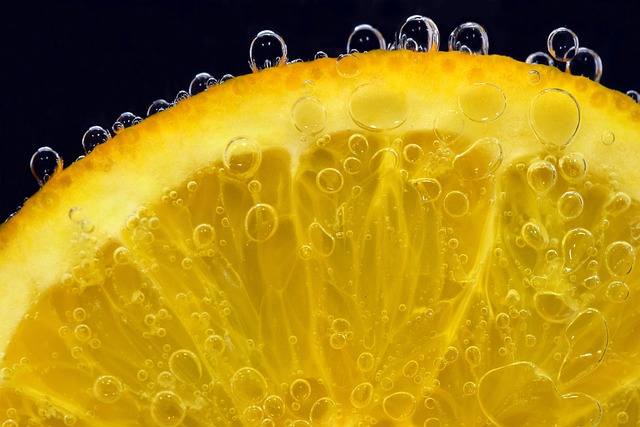Beyond Yogurt: Exploring Unique and Powerful Probiotic Sources
Probiotics have gained significant attention in recent years due to their potential health benefits. These live bacteria and yeasts are known to promote a healthy gut flora and contribute to overall well-being. While yogurt has long been touted as a popular probiotic source, there are other unique and powerful sources worth exploring.
1. Kimchi
Originating from Korea, kimchi is a traditional fermented dish made from cabbage, radishes, and a variety of seasonings. This spicy and tangy side dish not only adds flavor to meals but also delivers a healthy dose of probiotics. The fermentation process creates an ideal environment for beneficial bacteria to thrive, making kimchi an excellent choice for a probiotic boost.
2. Kombucha
Kombucha is a fermented tea that has gained popularity in recent years. The production of kombucha involves a symbiotic culture of bacteria and yeast, known as SCOBY. During fermentation, beneficial bacteria and yeasts convert the tea’s sugars into organic acids and probiotics. This fizzy, tangy beverage offers a refreshing and probiotic-rich alternative to traditional sugary drinks.
3. Miso
Miso is a traditional Japanese seasoning made by fermenting soybeans with salt and a fungus called Aspergillus oryzae. The resulting paste can be used in soups, marinades, and dressings. Thanks to the fermentation process, miso is a great source of probiotics and provides potential benefits for digestion and immune function.
4. Sauerkraut
Sauerkraut is a classic dish made from finely chopped fermented cabbage. The fermentation of cabbage, along with the addition of salt, results in a tangy and probiotic-rich condiment. Besides its unique flavor, sauerkraut offers potential health benefits, including improved digestion and enhanced nutrient absorption.
5. Tempeh
Originating from Indonesia, tempeh is a protein-rich food made from fermented soybeans. During fermentation, beneficial bacteria bind the soybeans into a dense cake-like texture. Tempeh is not only a great source of probiotics but also provides essential nutrients such as protein, fiber, and vitamins. It serves as a versatile ingredient in various dishes, including stir-fries, sandwiches, and salads.
6. Pickles
While pickles are often associated with cucumbers, they can be made with various vegetables like carrots, radishes, and beets. The fermentation process involved in pickling produces probiotics while enhancing the flavor and shelf life of the vegetables. Including pickles in your diet adds a tangy twist to meals while supporting a healthy digestive system.
7. Kvass
Kvass is a traditional fermented beverage originating from Eastern Europe. Traditionally made from rye bread, it can also be produced using beets, fruits, or other grains. The fermentation process creates a probiotic-rich and slightly tangy drink. Kvass is not only refreshingly unique but also provides potential health benefits due to its probiotic content.
8. Greek Yogurt
While this blog aims to explore probiotic sources beyond yogurt, it is worth mentioning Greek yogurt. Greek yogurt goes through a straining process that removes excess whey, resulting in a thicker and creamier product compared to regular yogurt. It contains live and active cultures, making it a protein-packed and probiotic-rich option.
Conclusion
While yogurt remains a popular choice for obtaining probiotics, there is a wide range of unique and powerful sources worth exploring. Incorporating probiotic-rich foods like kimchi, kombucha, miso, sauerkraut, tempeh, pickles, kvass, and even Greek yogurt into your diet can diversify your gut flora and potentially enhance your overall well-being. Experimenting with these probiotic sources can introduce new flavors and nutritional benefits to your meals, offering a tasty way to support a healthy gut.







